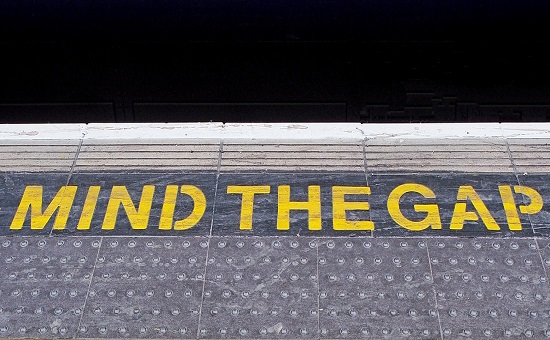Research by Insead professors Maria Guadalupe and Lucia Del Carpio shows organisations can make a change for gender inequality when addressing stereotypes surrounding positions in job posts for example. According to an article published on Insead’s knowledge website, this can have a transformative impact on the potential of women in realms they previously might not have even attempted to enter.
At the iW50 Summit held on Insead’s Europe campus in June, Professor Guadalupe led a panel discussion with senior executives. Here is a summary of their companies’ measures or findings to achieve more gender balance:
- Lieve Mostrey, CEO of Euroclear Group
Euroclear analysed HR data on bonuses and found that while an equal number of women and men were getting bonuses, the amount per bonus for men was systematically higher than those of women. They addressed this by defining clearer measurement criteria, which quickly had an effect.
- Pascale Witz (Insead MBA ‘96J), CEO of PWH Advisors and former CEO of GE Medical Diagnostics
Diversity requires actions according to Witz and cannot be limited to either the top or the bottom. There are three levels: “One is CEO engagement, a CEO who walks the talk”; then “the frozen middle” needs to change with policies and succession plans, for example, including women on the short list of possible hires; and the last level is throughout the organisation: “relentlessly track the small biases.” An example for this is a woman in a meeting room who has an idea but it isn’t acknowledged until a man says the same thing a few minutes later. Witz recommended to respond to something like this with: “Oh John, this is a great point, and actually Lucy was making exactly the same one 10 minutes ago.”
- Lucy Quist (Insead MBA ‘05J), former CEO of Airtel Ghana
Quist introduced a gender initiative that she had experienced as very successful. The scheme is called Plus One. Every line manager in a company had the responsibility to bring one woman on board. Over time, the executive team wound up with a 50:50 ratio.
- Eric Labaye (Insead MBA ‘87J), a senior partner at McKinsey and future President of the École Polytechnique.
Labaye explained how McKinsey found that when organisations moved away from traditional command-and-control management toward collaborative leadership behaviours, they achieved better results.
Read more on knowledge.insead.edu

